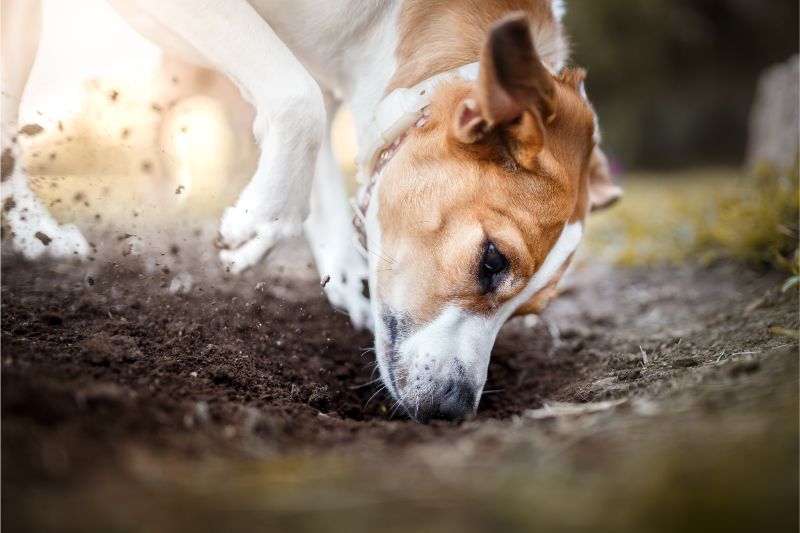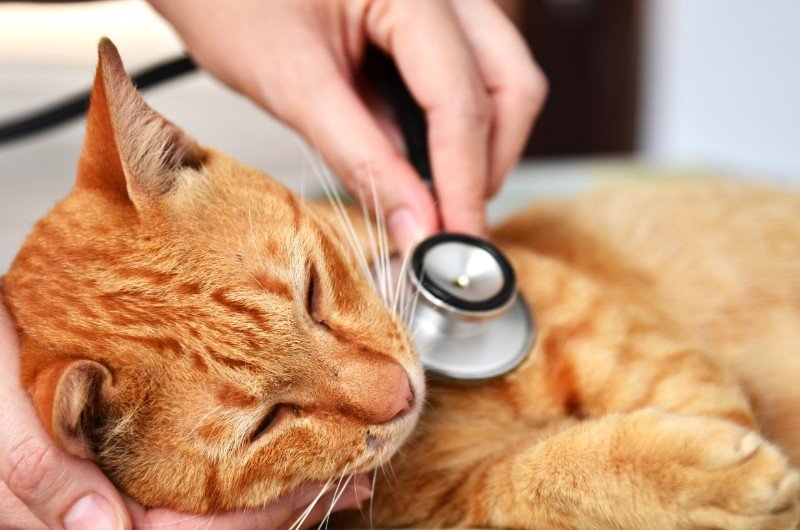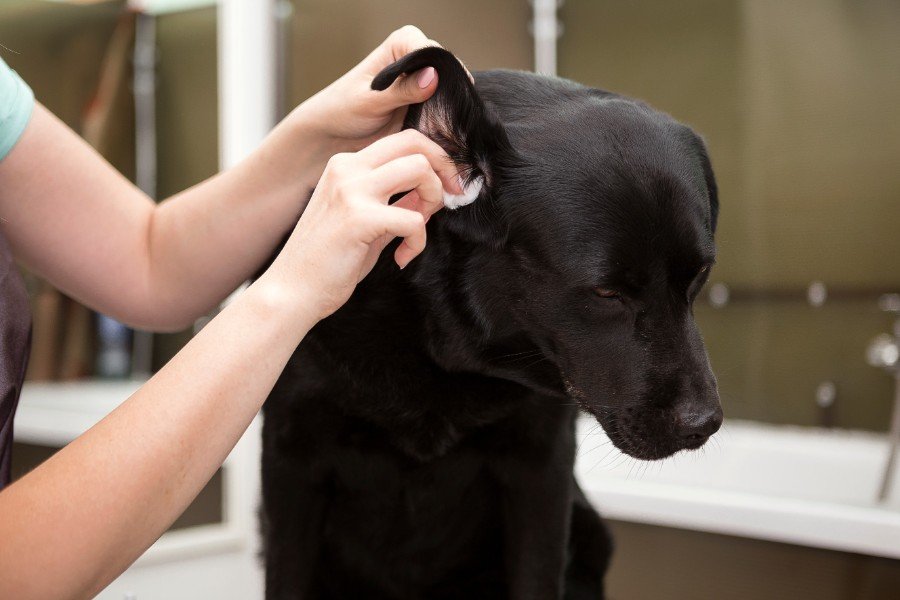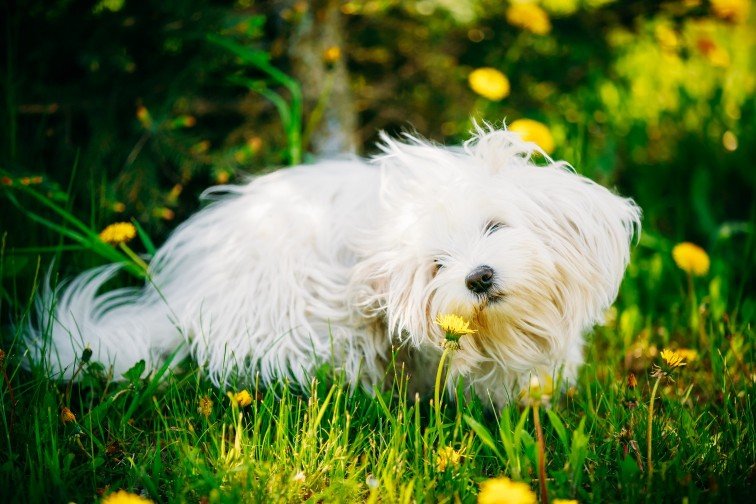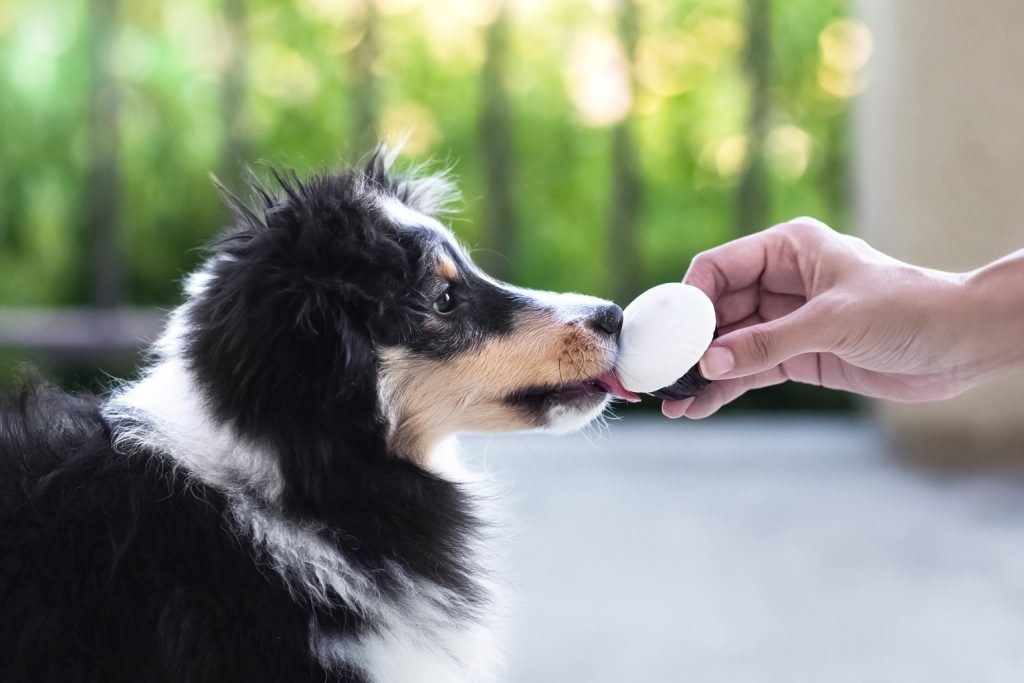
Surviving the Hollow Days After a Pet Has Died
by Kitty Walker, LMSW-ACP
 Several years ago my canine soul mate, Kito, escaped peacefully from his prison of congestive heart failure. It was late September, the same time of year I had brought him home as a tiny Sheltie furball 10 years earlier. I was devastated. I had no idea I could hurt so deeply and still be alive. That winter was a blur of bereavement. Just as I thought I was starting to feel better, the season of holidays arrived with its usual tempo of frenetic activity and enforced merriment. I was clearly out of step and decidedly depressed.
Several years ago my canine soul mate, Kito, escaped peacefully from his prison of congestive heart failure. It was late September, the same time of year I had brought him home as a tiny Sheltie furball 10 years earlier. I was devastated. I had no idea I could hurt so deeply and still be alive. That winter was a blur of bereavement. Just as I thought I was starting to feel better, the season of holidays arrived with its usual tempo of frenetic activity and enforced merriment. I was clearly out of step and decidedly depressed.
Normally I was right in the middle of things, shopping, baking, spending time with friends …. always with Kito by my side. An enthusiastic tree trimmer, carol singer, turkey taster, and gift un-wrapper, he adored this time of year and all of its rituals. Without him I felt empty inside, wishing only to be transported to a place in time beyond the “hollow days” of that first season without him.
There is no time of year when it’s easy to mourn a beloved pet. But as is the case with all kinds of losses, the winter holiday season can be especially brutal to those in bereavement.
A traditionally family time, it reminds us of whom–and what–we are missing. Our pets, who became treasured members of our families, have left behind a silent void. At a time when we’re flooded with well-meaning encouragement to Feel Good, to have a Merry Christmas or a Happy Hanukkah, a Thankful Thanksgiving, and a Prosperous New Year, the contrast felt by those of us grieving a pet can sometimes be overwhelming.
10 HELPFUL TIPS
The following recommendations are meant as guides to surviving pet loss through the holidays, keeping in mind that every pet owner’s grief process is individual.
1. Acknowledge that you are grieving, and that you might have some emotional difficulty during the holiday season.This sounds obvious, but cannot be overlooked. It usually doesn’t work to pretend to be happy for days on end while a significant grieving period is going on.
2. Let yourself grieve.You might be surrounded by people trying to get you to feel anything else, especially those who have not gone through a loss of this kind. It is important to your emotional health to be true to your feelings as they arise. Don’t worry about crying in front of others…it is not a time to please everyone else at the expense of yourself.
3. Share your feelings with someone you trust. It is a phenomenal burden to go through the grief process alone, or to seek support from someone who does not comprehend the pain of pet loss. If there is no one to turn to in your immediate family or circle of friends, consider consulting with a pet loss counselor or support group, in your community or on-line.
4. Cherish your memories. Retelling the story of her yellow lab stealing and devouring a fully stuffed turkey on the day of her mother’s funeral helped a friend of mine get through her first Thanksgiving without him. Do not be afraid to remember happier times with your pet…this can be a source of comfort during a time of longing and sadness. Likewise, displaying a picture of your pet taken during a past holiday might bring a sense of solace, as well as a source of positive memories.
5. Do something symbolic. A gift to an animal shelter or other organization in honor of your pet is a tangible way to show respect. Other rituals people have shared with me include lighting a special candle, hanging a stocking or an ornament with the pet’s name on it, and writing a special poem or story to post on an internet site designed for that purpose (like “Virtual Pet Cemetary”).
6. Give yourself the gift of caring.The basics of self-care–sleep, nutrition, exercise–are critical to emotional well-being and physical survival. Grieving requires extra energy, and holidays can be emotionally and physically draining. Surviving the combination requires some extra self-nurturing.
7. Help someone else.This is a great opportunity to volunteer your time and energy to those in need. My community shelter has a pet food drive this time each year, with lots of options for volunteering. Non-animal-related options include feeding holiday meals to the homeless and other disadvantaged populations. Volunteering helps to maintain a balance of attention to yourself and your own needs with attending to some needs of others. Many find such service work rewarding and distracting.
8. Rely on your spiritual belief system. If you have a belief in a higher power, an afterlife, a divine order in nature, or other beliefs regarding life and death, it’s a good time to reconnect with those beliefs and/or explore new ones.
9. Resist the temptation to get a new pet prematurely to fill the void left by the previous one. The holidays might be a very tempting time to do just that, but remember that a special relationship–whether human/human or human/animal–can never be duplicated. It’s unfair to yourself, as well as the animal, and can backfire in ways you might never predict. When is it time to get a new pet? Experts disagree on a specific period of mourning (from 3 months to over a year), but do agree that the person(s) should be emotionally ready to explore a totally new relationship.
10. Remember that the holidays are temporary. The first holiday season after a pet dies is usually the most difficult. After that you will have a sense of who and what helped you get through it. Affirm your survival a day at a time.
My best to all who are carrying pain through this season.



 Most people think that caregivers take care of people. That’s not always the case.
Most people think that caregivers take care of people. That’s not always the case.
 My story is of two very loved family pets, Frannie and Frieda. Two very missed cats. Both hit by a vehicle on our street. First Frannie, a very affectionate six year old grey tabby she loved nothing more that to hang around out side with her cat buddies.
My story is of two very loved family pets, Frannie and Frieda. Two very missed cats. Both hit by a vehicle on our street. First Frannie, a very affectionate six year old grey tabby she loved nothing more that to hang around out side with her cat buddies.